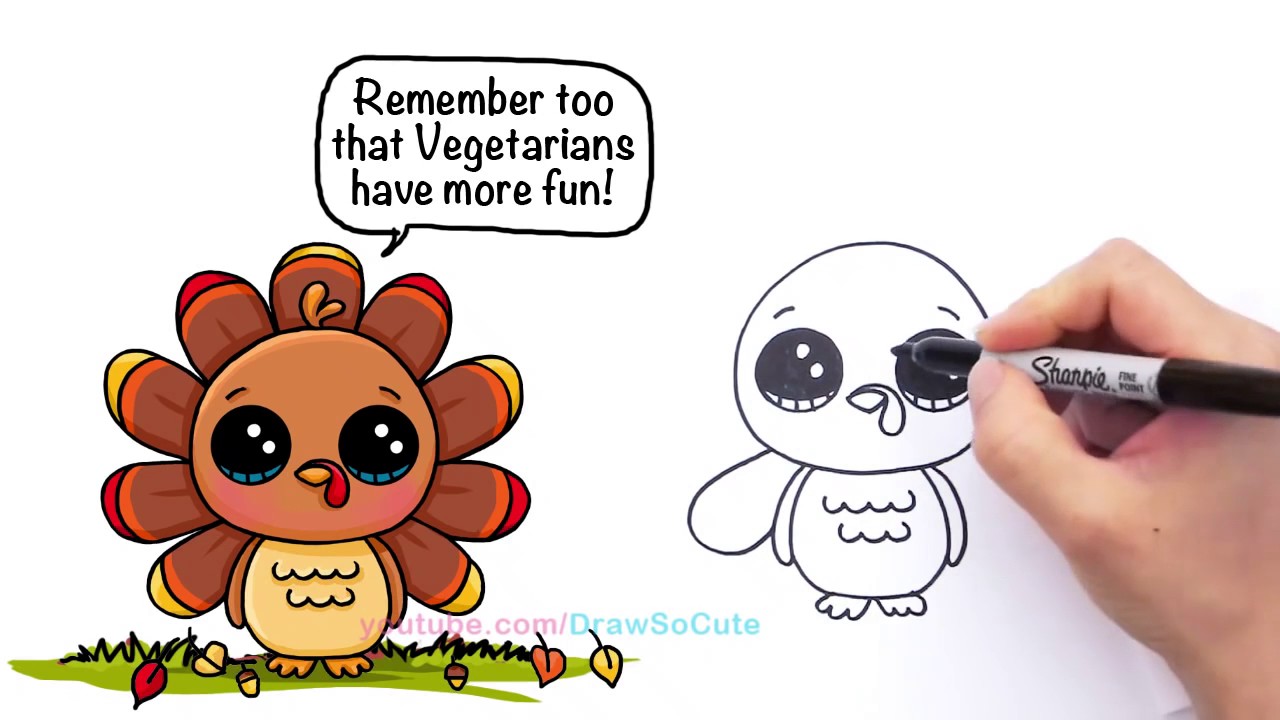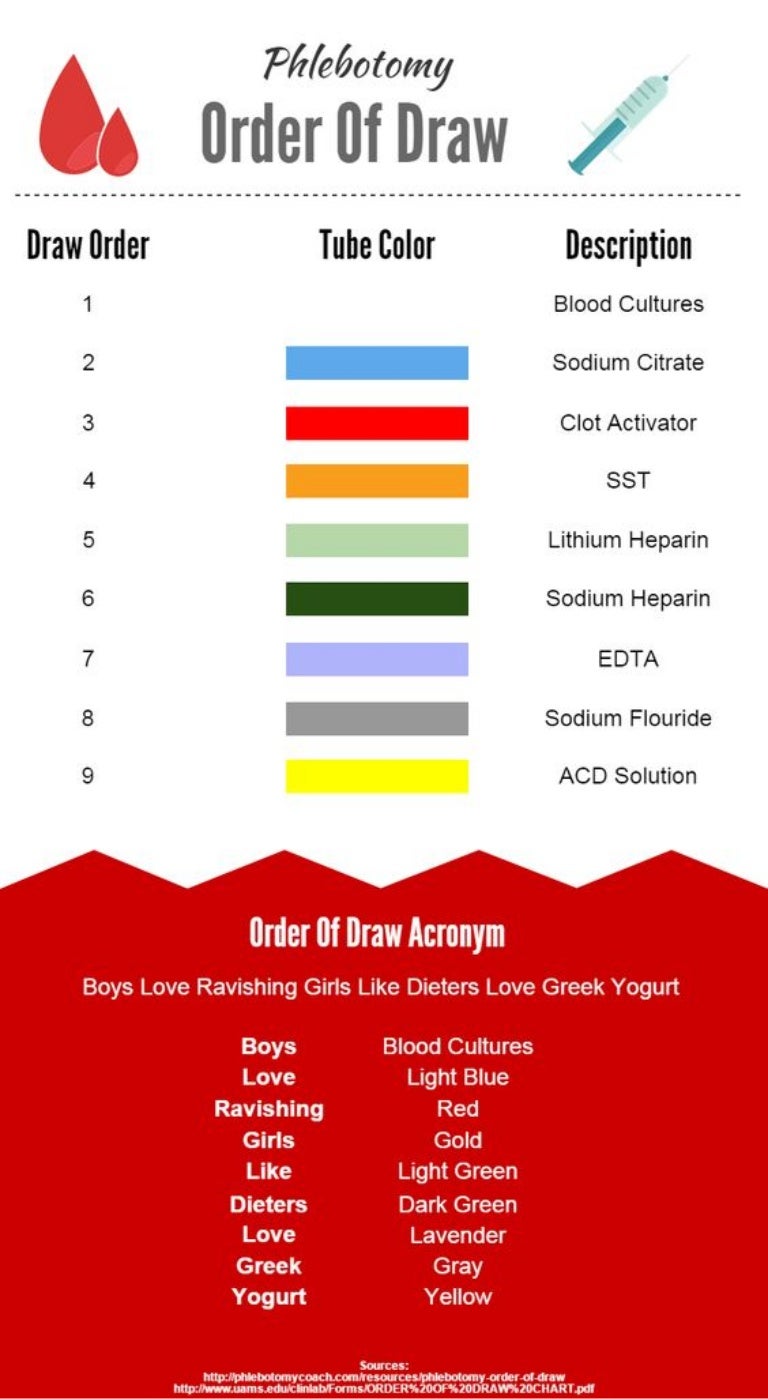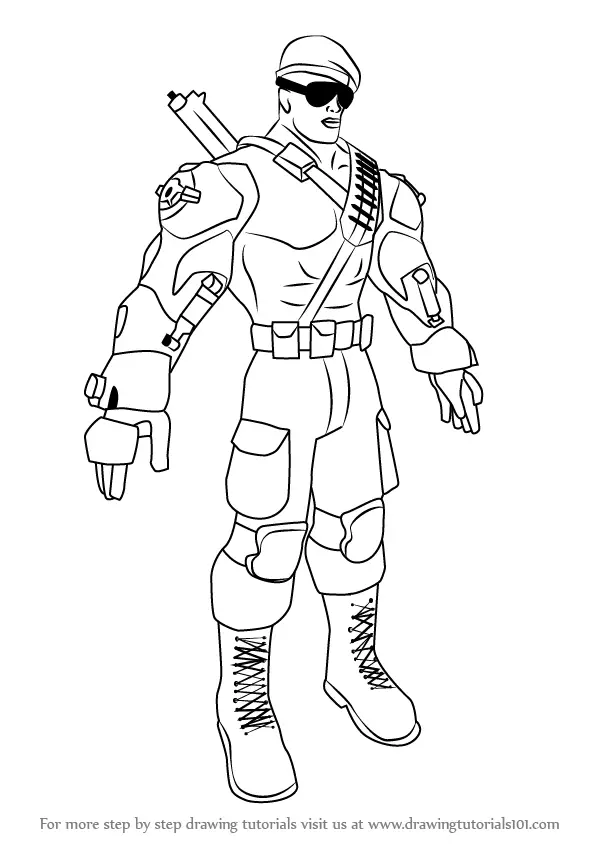How to draw an african porcupine
Table of Contents
Table of Contents
Are you interested in learning how to draw a porcupine? These prickly creatures may seem intimidating to draw, but with the right techniques, you can create a cute and realistic porcupine drawing. In this article, we will provide you with helpful tips and tricks on how to draw a porcupine that looks fun and appealing.
Pain points of Drawing a Porcupine
One of the biggest challenges when drawing a porcupine is capturing their unique texture and appearance. Porcupines have quills all over their body, which can be difficult to draw and shade realistically. Additionally, it can be hard to create a porcupine drawing that looks cute and friendly, rather than scary or aggressive.
Answering How to Draw a Porcupine
So, how can you draw a porcupine that looks both realistic and friendly? The key is to break down the drawing into simple shapes and add layers of detail over time. Start by sketching out the basic shape of the porcupine’s body, then add the facial features and quills gradually. Use shading techniques to create depth and texture, and experiment with different colors to make your porcupine drawing truly unique.
Summary of Main Points
Overall, drawing a porcupine takes time and effort, but with practice and patience, you can create a beautiful and realistic representation of these fascinating animals. Remember to start with simple shapes, build up layers of detail, and use shading techniques to add texture and depth. By following these tips, you can create a porcupine drawing that is both cute and realistic.
Techniques for Drawing a Porcupine
When it comes to drawing a porcupine, there are several techniques you can use to make the process easier and more enjoyable. One technique is to use reference images to help you understand the porcupine’s anatomy and texture. Look for photos of porcupines in different poses and lighting to help you capture their unique characteristics.
Another technique is to use a variety of pencils and shading techniques to add depth and texture to your drawing. Try using different grades of pencils to create different effects, and experiment with hatching, crosshatching, and stippling to add texture to the porcupine’s quills.
 Tips for Drawing Quills
Tips for Drawing Quills
The quills on a porcupine’s body are one of their most distinctive features, but they can be difficult to draw realistically. To make your porcupine’s quills look authentic, start by sketching out their general shape and direction on the porcupine’s body. Then, add individual quills in different sizes and shapes, making sure to vary their length and thickness to make them look more realistic.
When shading the quills, use a light touch and create a gradient effect from the base of the quill to the tip. This will create depth and make the quills look three-dimensional. You can also use highlights and shadows to add further texture and detail to the quills.
Using a Grid Technique
If you’re struggling to capture the porcupine’s proportions and anatomy, you can use a grid technique to help you get it right. To do this, divide your reference image or sketch into a grid, then draw a matching grid on your paper. Use this grid to measure and copy the details of the porcupine’s body accurately.
Experiment with Different Mediums
While pencils are a popular choice for drawing porcupines, you can also experiment with different mediums to add variety and interest to your drawing. Try using colored pencils, watercolors, or even digital drawing software to create a unique and personalized porcupine drawing.
Question and Answer
Q: Can you draw a porcupine without showing all of their quills?
A: Yes, you can certainly draw a porcupine without showing all of their quills. You can focus on other distinctive features, such as their small eyes, rounded ears, and furry tail, to create a recognizable porcupine drawing.
Q: What colors can I use to draw a porcupine?
A: Porcupines are typically brown, tan, or gray in color, but you can experiment with different shades and hues to make your porcupine drawing more interesting. Try using warm browns, soft grays, and earthy tones to make your porcupine look realistic and natural.
Q: How can I make my porcupine drawing look cute?
A: To make your porcupine drawing look cute and friendly, focus on their facial features and body language. Add big, expressive eyes, rounded ears, and a small, upturned nose to give your porcupine a friendly expression. You can also make the body proportions more rounded and curvy to make your porcupine look cute and cuddly.
Q: Are porcupines difficult to draw?
A: Porcupines can be challenging to draw because of their unique texture and appearance, but with practice and patience, you can create a beautiful and realistic drawing of this prickly animal. Take your time, use reference images, and experiment with different techniques to find what works best for you.
Conclusion of How to Draw a Porcupine
Drawing a porcupine is a fun and rewarding activity that lets you explore your creativity and artistic skills. Whether you’re a beginner or an experienced artist, there are many tips and techniques you can use to create a beautiful and realistic porcupine drawing. By following the advice in this article and practicing regularly, you can create a porcupine drawing that is cute, friendly, and authentic.
Gallery
How To Draw A Porcupine Step By Step
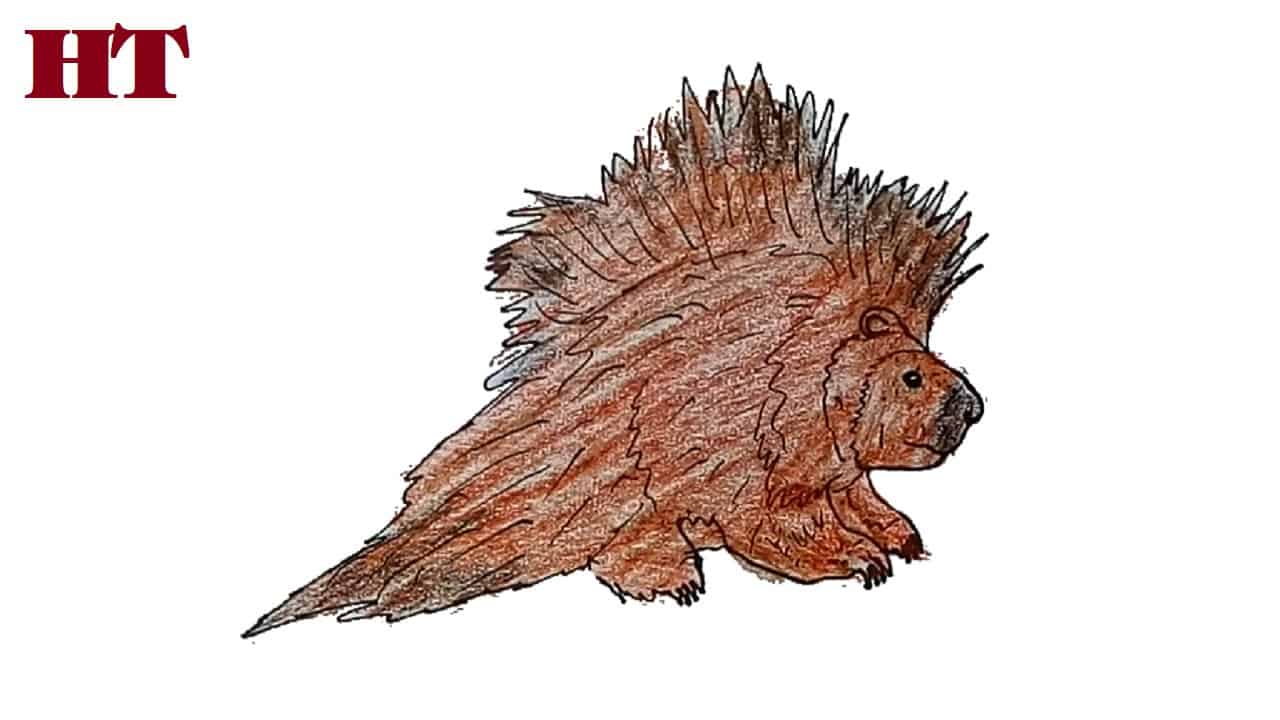
Photo Credit by: bing.com / porcupine draw step tutorial below please drawing
Porcupine Line Drawing At PaintingValley.com | Explore Collection Of
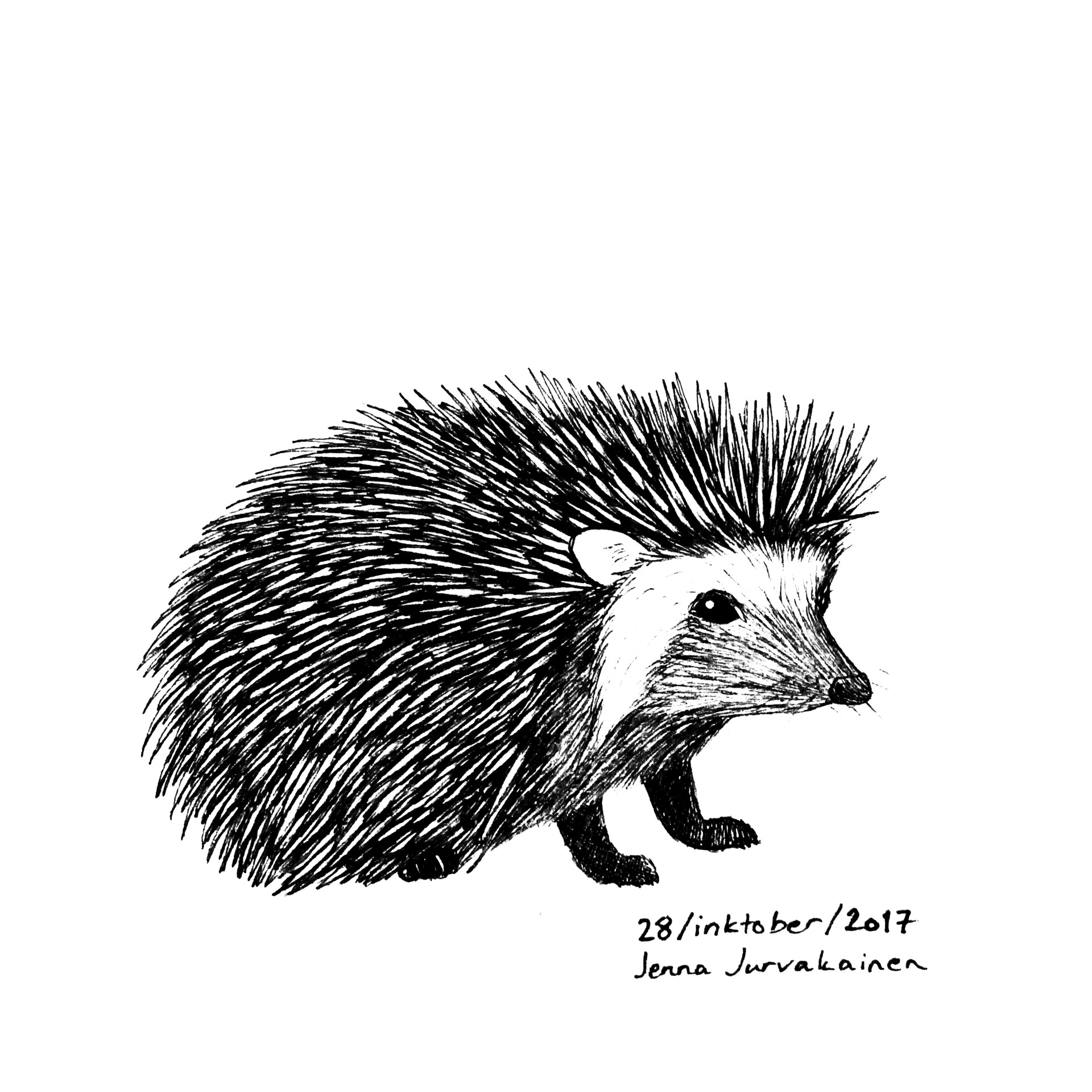
Photo Credit by: bing.com / drawing porcupine line hedgehog paintingvalley drawings
Draw A Cute Porcupine - Cartoon Animals For Beginners - YouTube

Photo Credit by: bing.com / porcupine draw cartoon cute animals
How To Draw Porcupine Pictures That Look Fun

Photo Credit by: bing.com / porcupine
How To Draw An African Porcupine
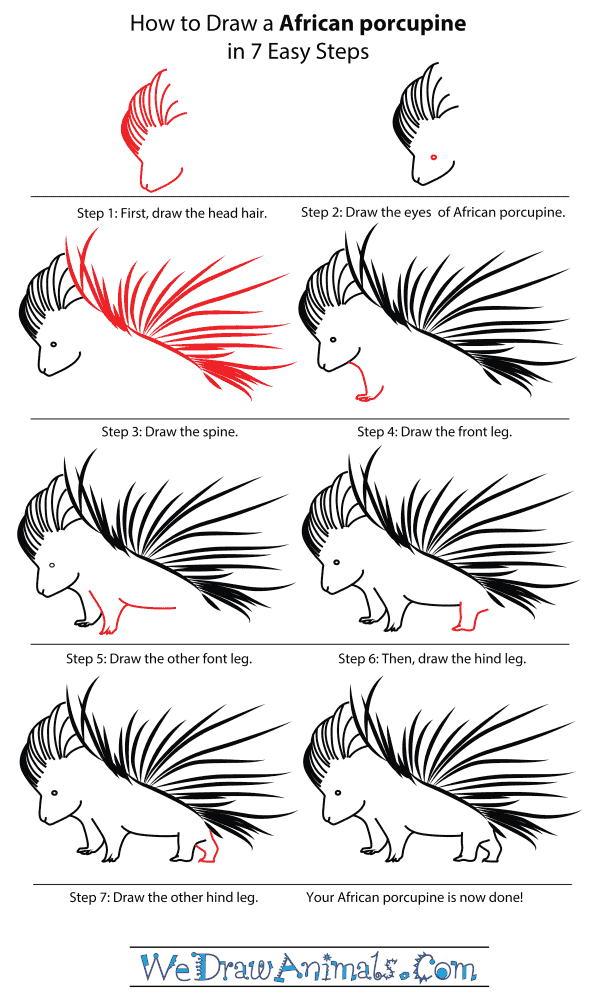
Photo Credit by: bing.com / porcupine draw african step tutorial
